Baseball Bat Size Chart
| Category | Recommended Bat Length | Recommended Bat Weight | Bat Length to Height Ratio | Notes |
|---|
How it works:
- Select the Category: The user selects an age group or type of player (e.g., “Tee Ball” or “Adult/Professional”).
- Dynamic Table: Based on the selected option, the table updates with the relevant bat size information such as length, weight, and other notes.
Looking for the perfect fit? Check Out These Best-Selling Baseball Bat.
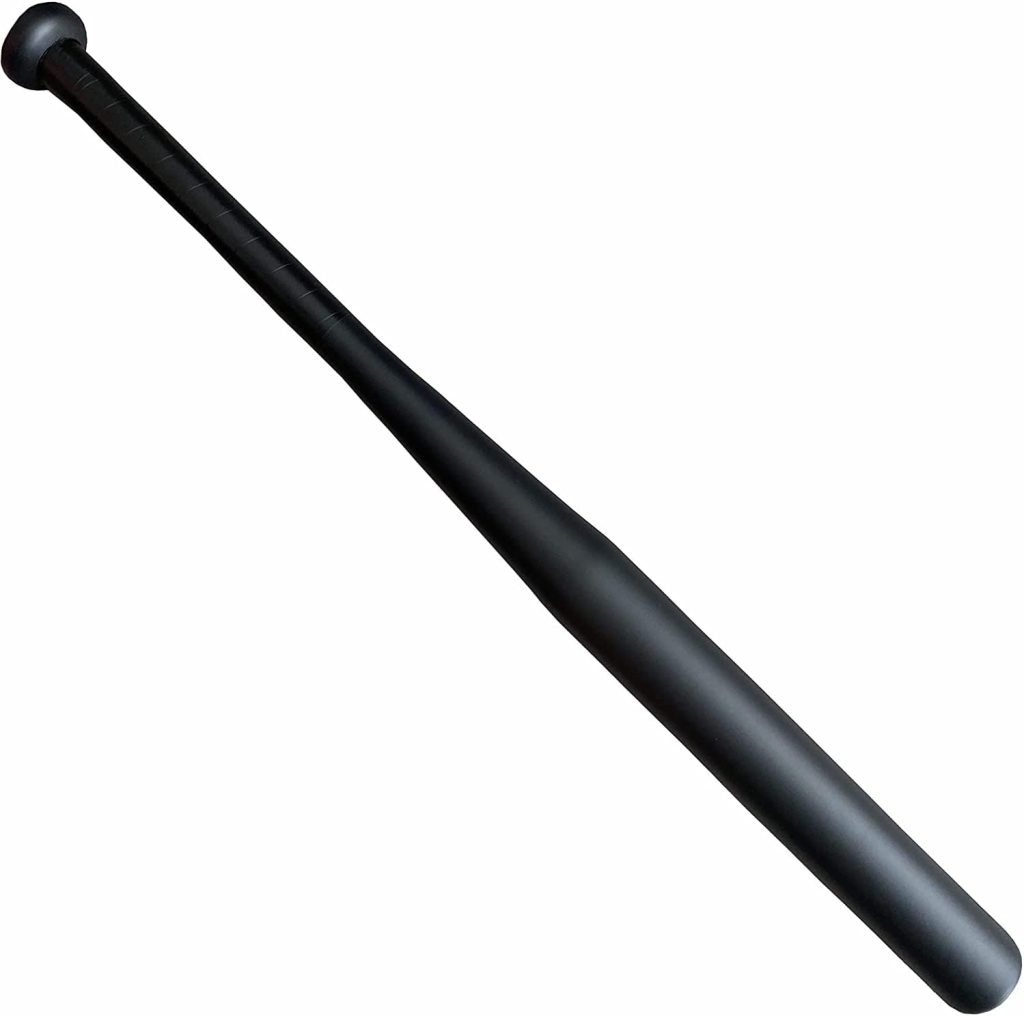
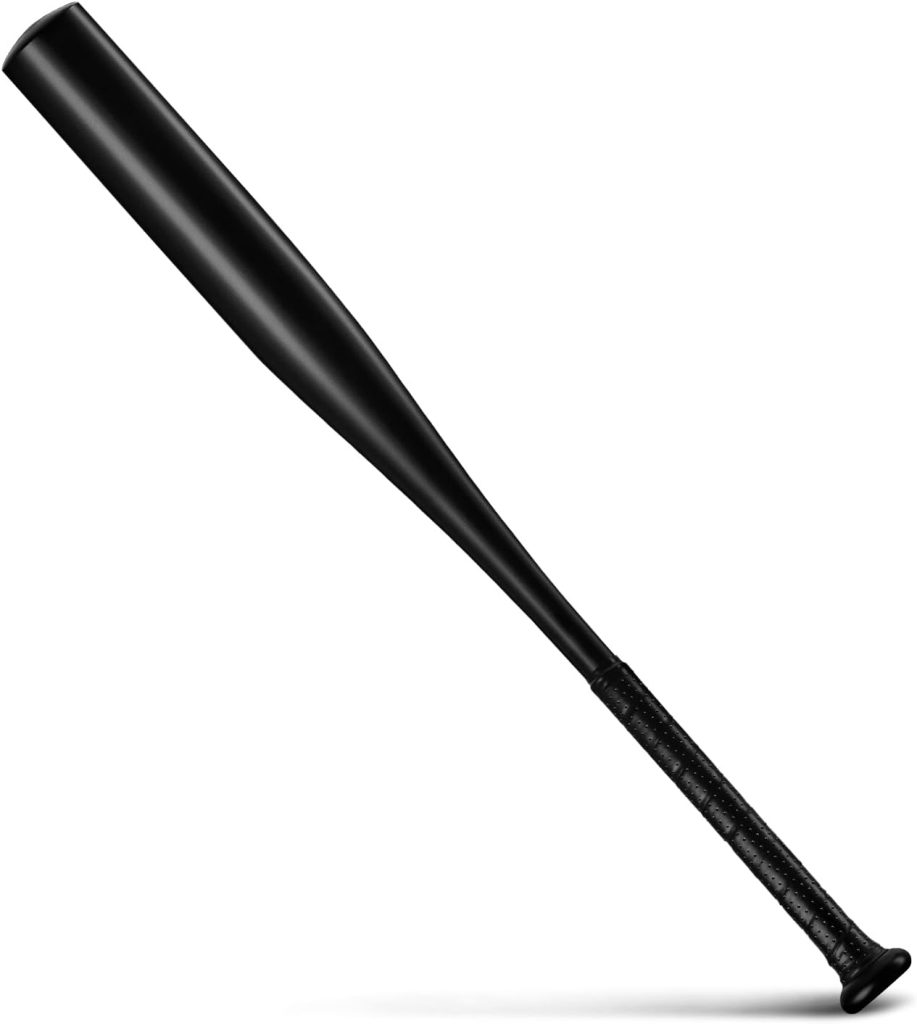
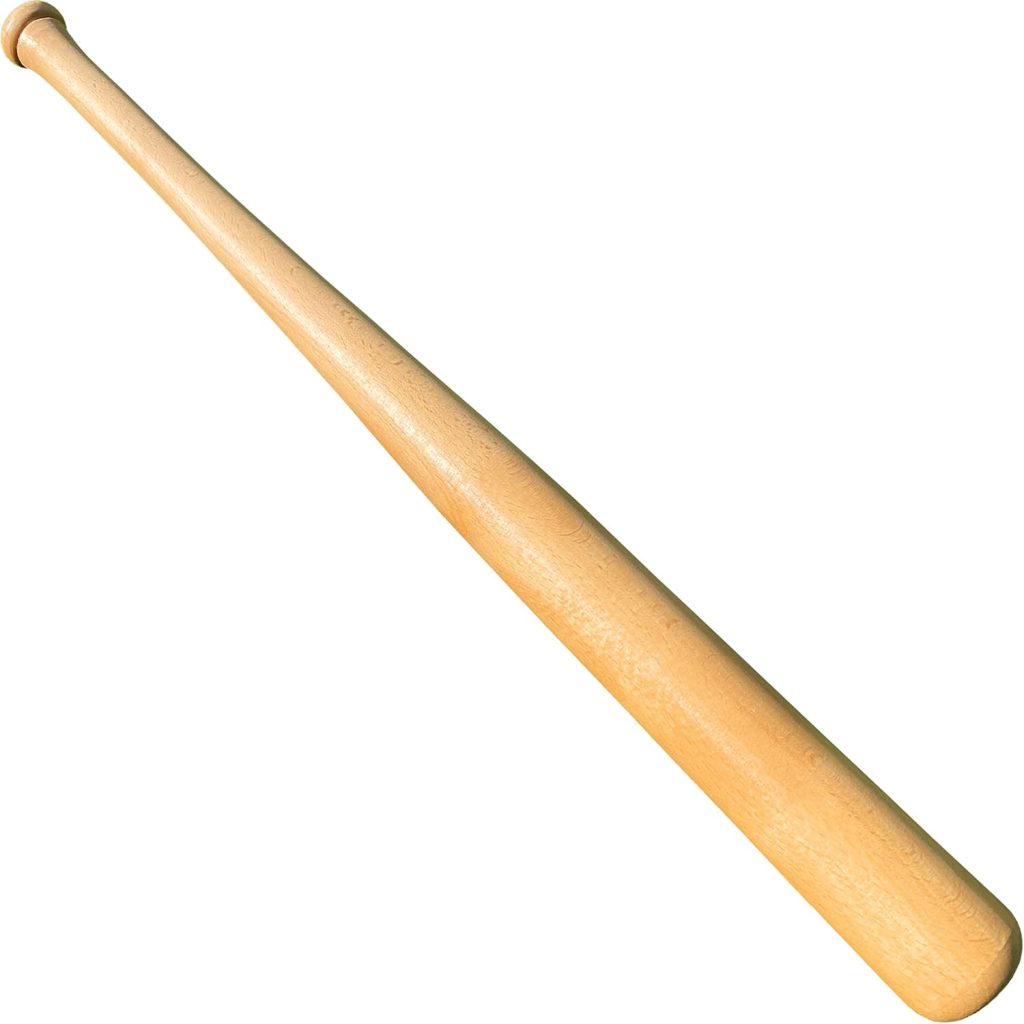
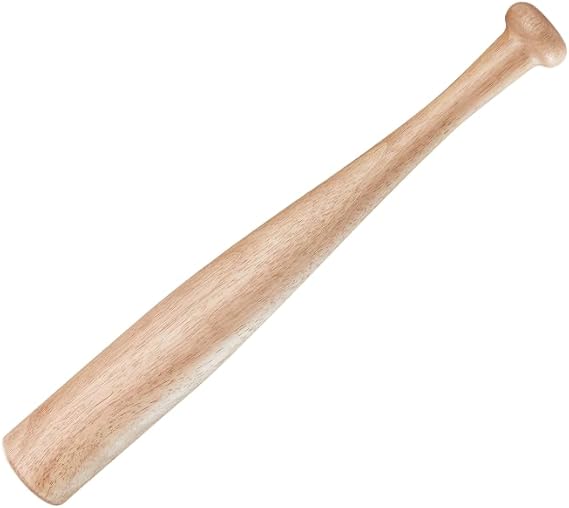
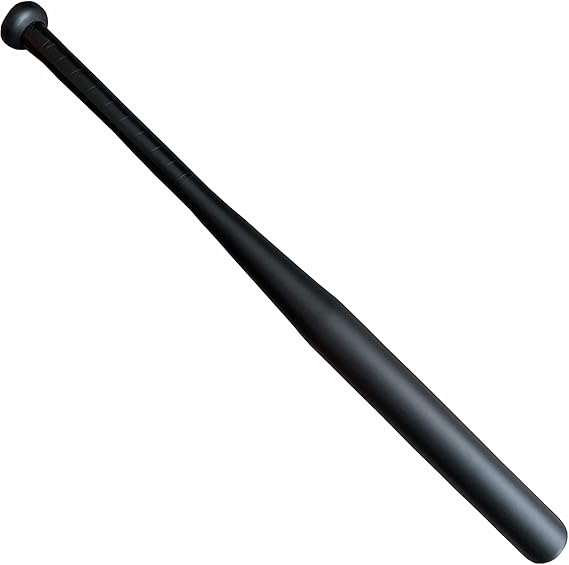
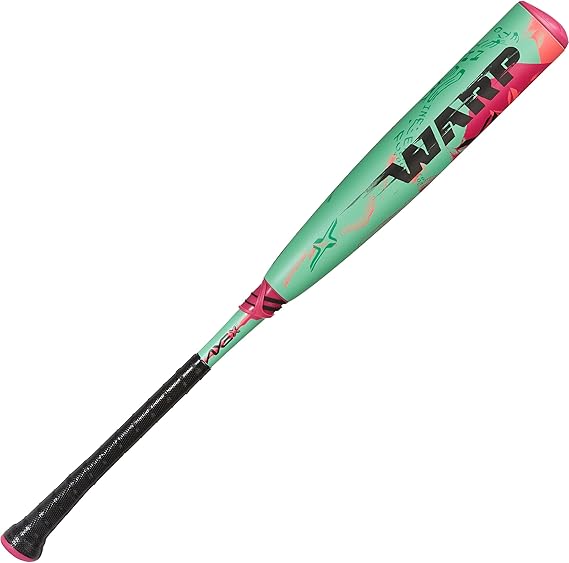
Baseball Bat Size Chart
| Category | Age Group/Use | Recommended Bat Length | Recommended Bat Weight | Bat Length to Height Ratio | Notes |
|---|---|---|---|---|---|
| Tee Ball | 4–6 years old | 24–26 inches (61–66 cm) | 12–14 oz (340–397 grams) | Bat length is 1-2 inches shorter than height | Lightweight and easy to handle for beginners |
| Youth (Small Players) | 7–9 years old | 26–28 inches (66–71 cm) | 14–16 oz (397–454 grams) | Bat length is about 2 inches shorter than height | Ideal for beginner to intermediate young players |
| Youth (Medium Players) | 9–12 years old | 28–30 inches (71–76 cm) | 16–18 oz (454–510 grams) | Bat length is about 2 inches shorter than height | Slightly heavier bats for developing strength |
| Youth (Large Players) | 12–14 years old | 30–32 inches (76–81 cm) | 18–20 oz (510–567 grams) | Bat length is about 2 inches shorter than height | Stronger players can handle longer and heavier bats |
| High School/College | 14+ years old | 32–34 inches (81–86 cm) | 20–30 oz (567–850 grams) | Bat length is about 1–2 inches shorter than height | Regulation bats, typically BBCOR certified |
| Adult/Professional | 18+ years old | 33–34 inches (84–86 cm) | 28–34 oz (794–963 grams) | Bat length is 1–2 inches shorter than height | BBCOR certified bats used in professional leagues |
| Softball (Fastpitch) | All ages | 30–34 inches (76–86 cm) | 18–34 oz (510–963 grams) | Bat length is about 1–2 inches shorter than height | Used for fastpitch softball leagues and competitions |
Breakdown by Size
Tee Ball
- Age Group: 4–6 years old
- Recommended Bat Length: 24–26 inches (61–66 cm)
- Weight: 12–14 oz (340–397 grams)
- Bat Length to Height Ratio: Bat should be 1–2 inches shorter than the player’s height.
- Notes: These bats are lightweight and easy to handle for beginners, helping young players learn the basics of swinging.
1. Youth (Small Players)
- Age Group: 7–9 years old
- Recommended Bat Length: 26–28 inches (66–71 cm)
- Weight: 14–16 oz (397–454 grams)
- Bat Length to Height Ratio: Bat should be about 2 inches shorter than the player’s height.
- Notes: Designed for kids who are moving from tee-ball to coach-pitch or kid-pitch leagues. The bat is still light but slightly longer to accommodate growing players.
2. Youth (Medium Players)
- Age Group: 9–12 years old
- Recommended Bat Length: 28–30 inches (71–76 cm)
- Weight: 16–18 oz (454–510 grams)
- Bat Length to Height Ratio: Bat should be about 2 inches shorter than the player’s height.
- Notes: These bats are designed for intermediate players. As the player grows, the bat becomes slightly heavier to help develop strength.
3. Youth (Large Players)
- Age Group: 12–14 years old
- Recommended Bat Length: 30–32 inches (76–81 cm)
- Weight: 18–20 oz (510–567 grams)
- Bat Length to Height Ratio: Bat should be about 2 inches shorter than the player’s height.
- Notes: This range is for stronger, larger youth players, offering a heavier bat to provide more power.
High School/College
- Age Group: 14+ years old
- Recommended Bat Length: 32–34 inches (81–86 cm)
- Weight: 20–30 oz (567–850 grams)
- Bat Length to Height Ratio: Bat should be about 1–2 inches shorter than the player’s height.
- Notes: These bats are used in high school and college leagues. They are typically BBCOR certified for high school and college play, which ensures the bat has been tested for performance standards.
Adult/Professional
- Age Group: 18+ years old
- Recommended Bat Length: 33–34 inches (84–86 cm)
- Weight: 28–34 oz (794–963 grams)
- Bat Length to Height Ratio: Bat should be about 1–2 inches shorter than the player’s height.
- Notes: This is the standard size for adult players in professional leagues. These bats are typically BBCOR certified and offer a balance of length and weight for high performance.
Softball (Fastpitch)
- Age Group: All ages
- Recommended Bat Length: 30–34 inches (76–86 cm)
- Weight: 18–34 oz (510–963 grams)
- Bat Length to Height Ratio: Bat should be about 1–2 inches shorter than the player’s height.
- Notes: This is used for fastpitch softball and comes in various weights, with a maximum of 34 inches for adult players. They are designed for faster pitch speeds and different play styles compared to baseball bats.
Frequently Asked Questions
When it comes to choosing the right baseball bat, selecting the correct size is crucial for comfort and performance. Here are some common FAQs about baseball bat size charts:
1. How do I determine the right bat size for my child?
- To determine the appropriate bat size for a child, it’s important to consider both their height and weight. A general guideline:
- Height: Measure your child’s height and match it to the recommended bat length.
- Weight: Also take their weight into account for the right balance and swing speed.
Many bat size charts will recommend bat lengths based on these two factors.
2. What is the standard length of a youth baseball bat?
- For youth baseball players (ages 5-12), the length typically ranges from 26 inches to 32 inches. The exact length depends on their height and weight.
3. What is the difference between drop weight and drop ratio?
- Drop weight is the difference between the bat’s length in inches and its weight in ounces. For example, a 30-inch bat weighing 20 ounces would have a drop weight of -10.
- Drop ratio is often used interchangeably with drop weight and is the negative number, indicating how heavy or light a bat is compared to its length.
4. How do I choose the right bat length for my height?
- A general recommendation for choosing bat length based on height:
- Under 4’0″: 26″-28″ bat
- 4’0″-4’4″: 27″-29″ bat
- 4’5″-4’9″: 28″-30″ bat
- 4’10”-5’3″: 30″-31″ bat
- 5’4″-5’8″: 31″-32″ bat
- 5’9″ and taller: 32″-34″ bat
5. Does the bat’s weight matter?
- Yes! The weight of the bat affects the swing speed and control. Heavier bats offer more power but are harder to swing quickly. Lighter bats are easier to swing, which helps with bat speed, but they might sacrifice some power.
6. What is the best bat size for high school players?
- High school players typically use 32″-34″ bats, with a drop weight ranging from -3 to -5. The choice depends on the player’s strength and swing speed.
7. Should I use a longer or shorter bat?
- A longer bat provides more reach and power, but it may be harder to control.
- A shorter bat gives more control and speed but sacrifices a bit of power.
- It’s a personal preference based on what feels best for the player.
8. What is the difference between a youth and adult baseball bat?
- Youth bats are generally lighter, with a drop weight around -10 to -13 and shorter lengths (26-32 inches).
- Adult bats are heavier with a drop weight closer to -3 and lengths around 32-34 inches.
9. How do I measure the length of a bat?
- The length of a bat is measured from the knob (the end of the handle) to the end of the barrel (the thick part of the bat).
10. How should the bat feel when I swing it?
- When you swing the bat, it should feel balanced and not too heavy at the end. A bat that feels too heavy will slow down your swing, while one that’s too light might not provide enough power.
Conclusion:
Choosing the right baseball bat size is essential for maximizing performance and comfort. It’s important to consider factors like height, weight, and age to find the best match for a player. Using a bat that feels comfortable and suits their swing speed can help with control and power.
Whether for youth or adult players, selecting the correct length and weight based on personal preferences will lead to a more enjoyable and effective playing experience. Always refer to a size chart and, if possible, try out a few bats to find the one that feels just right.






